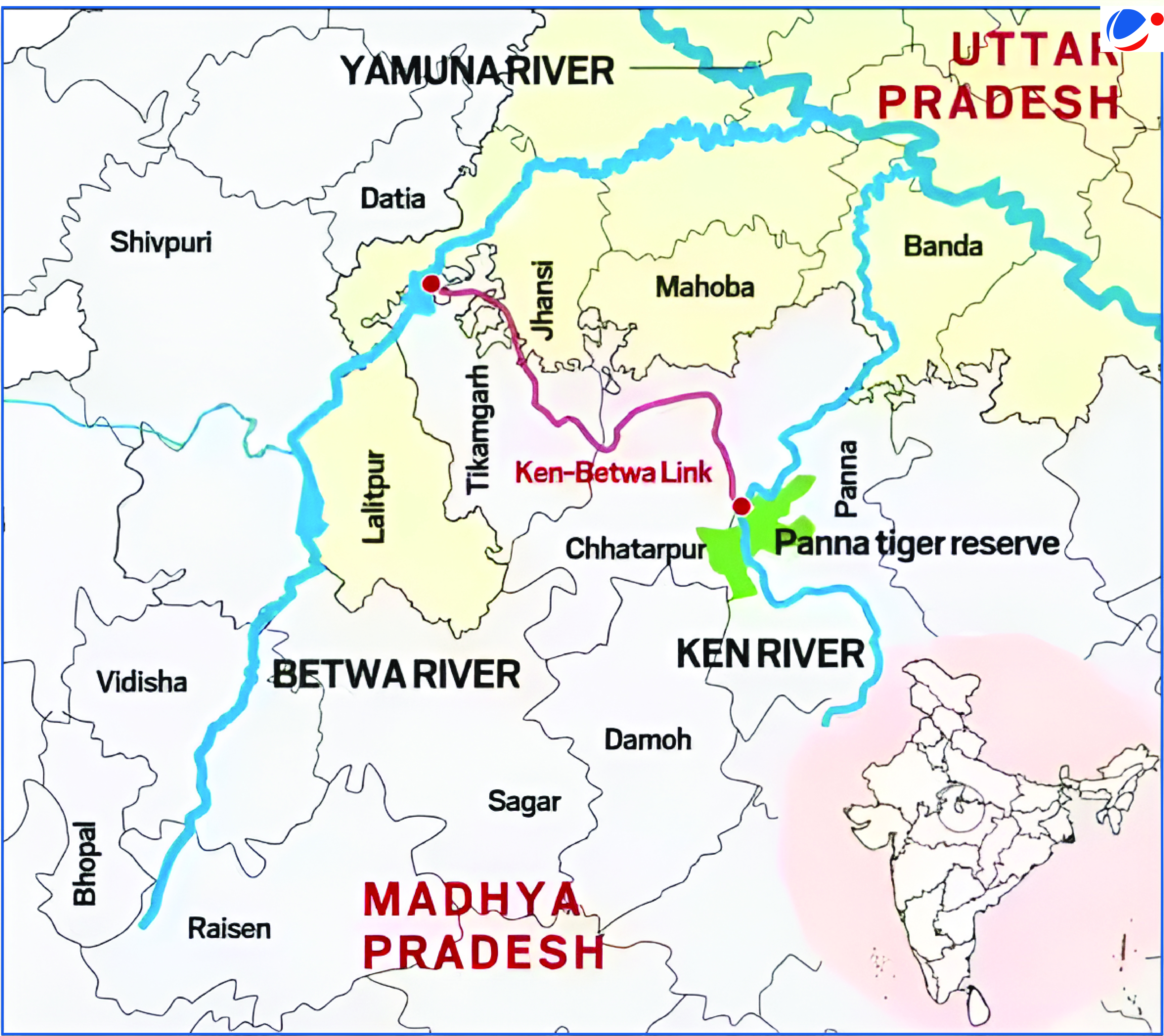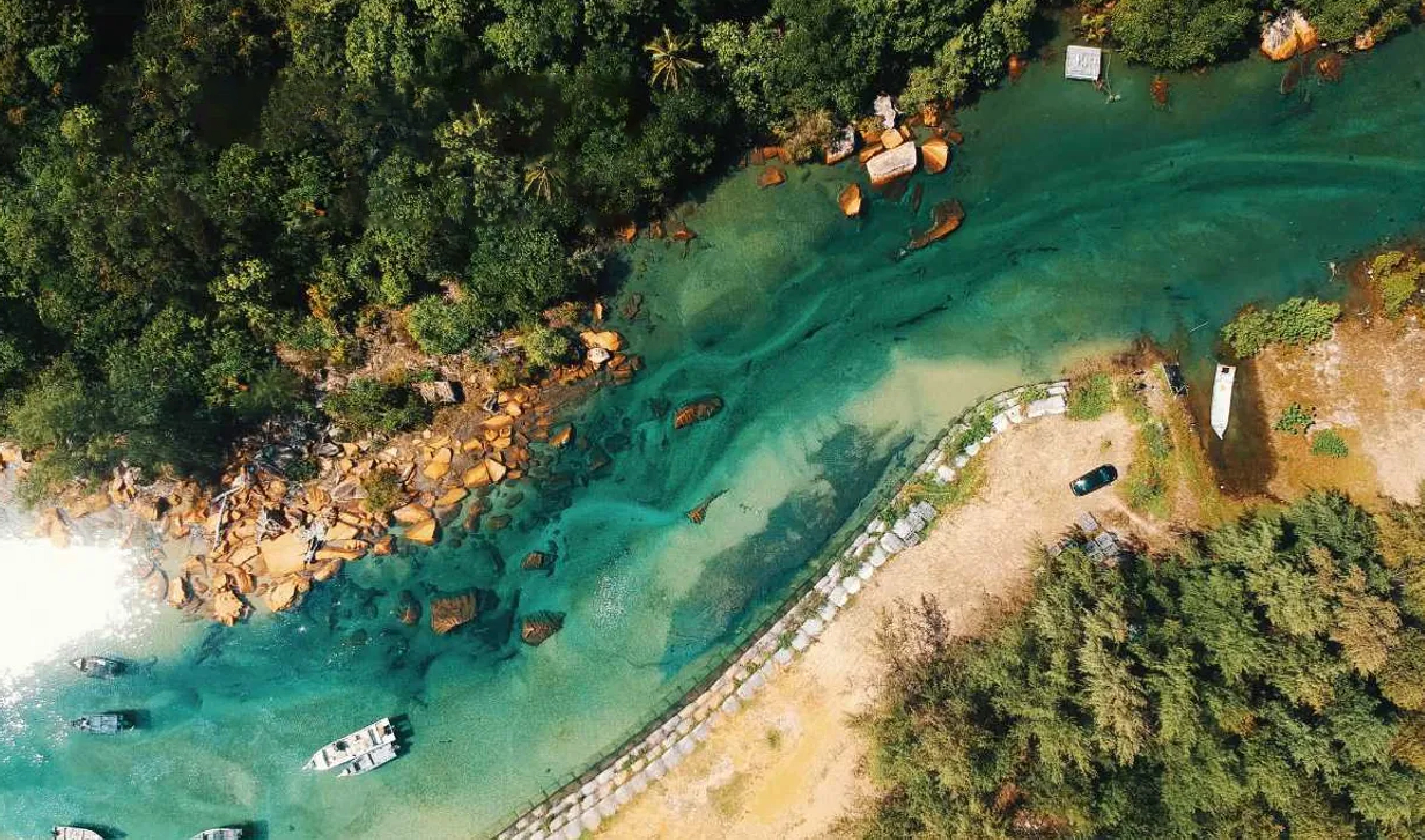Recently, Prime Minister laid foundation stone of Ken-Betwa Linking Project (KBLP), country’s first river interlinking project under the National Perspective Plan, in Khajuraho (Madhya Pradesh).
- National Perspective Plan (NPP) was prepared by the then Union Ministry of Irrigation (now Ministry of Jal Shakti) in August 1980.
- Under NPP, National Water Development Agency (NWDA) has identified 30 links (16 under Peninsular Component & 14 under Himalayan Component) for Feasibility Reports.
Significance of River Interlinking
- Irrigation Facility: NPP aims to benefit 35 million hectares of irrigation.
- Hydro power Generation: Can potentially help in generation of ~34000 MW of hydropower.
- Water Security: Increasing water availability for drinking and industrial purposes.
- Inland waterways: Used as waterways for navigation.
- Others: Flood and drought management, development of agro-based industries, employment generation in construction phase and afterwards, development of tourism, etc.
Concerns with River Interlinking
- Environmental Impact: May lead to disturbances in complex nature cycles that can have far-reaching adverse impact on monsoon and biodiversity.
- Social Cost: e.g., Polavaram Link project, part of the interlinking of Mahanadi-Godavari-Krishna-Pennar-Cauvery-Vaigai rivers, has affected around 1 lakh families, with 80% being tribals.
- Others: State water disputes, international disputes particularly with Himalayan Rivers, etc.
 About KBLP
|





